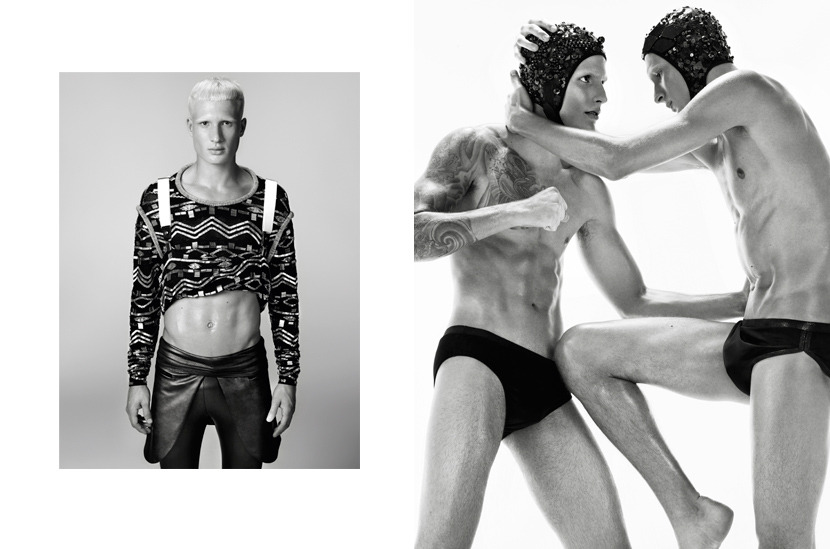


Named as such because it contains Urukum seeds harvested by the Yanawana people – an indigenous tribe in Brazil – to create vivid pigmented shades. Our research and development team carefully baked these stones into the Mineralize formula to create this dazzling make-up.”Īnother global brand that’s enamoured with the rich setting that Brazil has to offer is Aveda, which recently relaunched its Uruku make-up range. The unique colours and subtle nuances of these stones inspired us. “We were expecting to see stone dust and botanical extracts, but were presented with semi-precious stones. “As Brazil is an important and fascinating market for the company, we went there last year to conduct focus groups and happened to meet a raw ingredients supplier,” recalls Nick Gavrelis, vice president of global product development at Mac. They’re predicted to be a global sell-out.

#Made in brazil magazine mac#
A line of blushers, eyeshadows and face powders infused with jet-milled semi-precious stones of bronzite, black tourmaline, pyrite and lepidolite, which were ethically mined from the Mata Atlântica costal region of Brazil and contain the richest, multifaceted pigments Mac has ever used. In July, Mac will unveil its new Semi Precious range. One of the biggest lures for beauty brands looking to harness this market is the treasure trove of ingredients found in the country’s lush vegetation. The result is that Brazil is now the third biggest beauty market in the world after the USA and Japan – making it no surprise that the rest of the beauty world is increasingly looking to Brazil to lead the way. This has led to an increasingly wealthy, urbanised middle class, who feel confident enough to spend more money on beauty.” “Having suffered a terrifying level of national debt and inflation in the early Nineties, successive Brazilian governments have pursued moderate, sustainable growth. Of a population of 186 million people, 114 million are consumers,” explains Vivienne Rudd, senior beauty analyst at global consumer research company, Mintel. “Brazil offers a bonanza for beauty manufacturers. What’s more, Brazil has become a nucleus for brands looking to source unique, natural ingredients. From the suburbs of São Paulo to the colourful streets of Rio, Brazilian women are spending more money on their appearance than ever before. In short, she’s the woman most of us would love to look like right now.Įxcept Gisele is only the tip of the iceberg South America’s largest country is also home to the world’s most beauty-savvy women and is becoming the trend-setting hub for the global beauty market. The 30-year-old Brazilian’s looks are accessible enough not to alienate women, but her tanned limbs and feminine curves mean she also brings an innate sexuality to the clothes she advertises. There’s a reason why Gisele Bündchen has reigned as the world’s highest earning model for the past seven years, eclipsing even Kate Moss (according to Forbes magazine, she’s the supermodel most likely to become a billionaire). Stylist investigates how the world’s most beautiful country is setting the trends. Brazilian women are emerging as a dynamic new force in beauty.


 0 kommentar(er)
0 kommentar(er)
